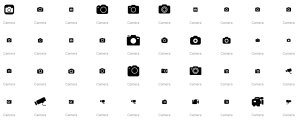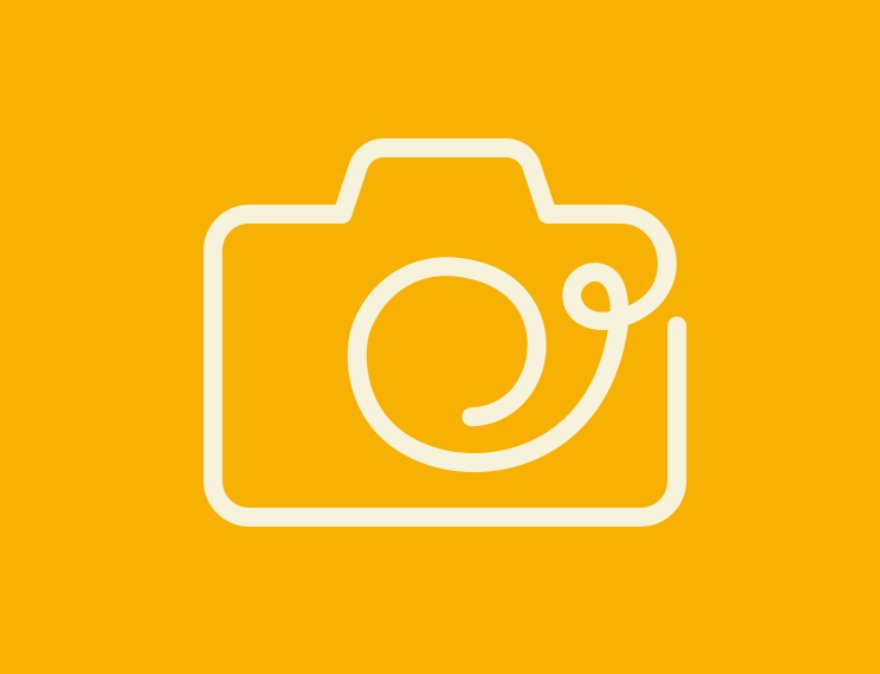In today’s digital age, where images dominate social media feeds and visual communication reigns supreme, the camera icon has become an ubiquitous symbol. Found on smartphones, computers, and various applications, this tiny graphic holds significant psychological power in conveying the idea of capturing moments. But what exactly makes the camera icon so universally recognizable and appealing? In this blog post, we’ll delve into the psychology behind camera icons in graphic design, exploring why they resonate with users and how designers leverage these symbols to evoke emotions and associations.
The Power of Visual Metaphors
![]()
At its core, the camera icon serves as a visual metaphor for the act of photography. It encapsulates the essence of capturing moments and preserving memories in a single, simple symbol. This visual shorthand allows users to quickly understand the function of a button or feature without the need for lengthy explanations. In a fast-paced digital environment, where attention spans are fleeting, the camera icon’s ability to convey meaning at a glance is invaluable.
Cultural Associations
The prevalence of camera icons in graphic design can also be attributed to cultural associations with photography. From the advent of film cameras to the rise of digital photography, capturing images has become deeply ingrained in our cultural consciousness. As a result, the camera icon taps into a collective understanding of photography, evoking feelings of nostalgia, creativity, and self-expression.
Psychological Triggers
Beyond its cultural significance, the camera icon triggers psychological responses that enhance its effectiveness in graphic design. The act of taking a photograph is often associated with capturing memories, preserving moments in time, and documenting life experiences. As such, the camera icon can evoke feelings of nostalgia and sentimentality, tapping into our innate desire to immortalize meaningful moments.
Furthermore, the camera icon symbolizes creativity and self-expression. In the hands of a photographer, a camera becomes a tool for capturing unique perspectives and telling stories through imagery. By incorporating camera icons into their designs, graphic designers tap into these associations, positioning their products or services as vehicles for creativity and self-expression.
Design Considerations

When incorporating camera icons into graphic design, designers must consider various factors to ensure their effectiveness.
Firstly, simplicity is key. The most successful icons are often the most straightforward, with clean lines and minimalistic designs that are instantly recognizable across different platforms and devices.
Secondly, context matters. The placement and usage of camera icons should align with the overall purpose and aesthetics of the design. Whether it’s a button in a mobile app or a logo for a photography studio, the camera icon should complement the surrounding elements while still standing out as a focal point.
Lastly, versatility is essential. While the basic silhouette of a camera is universally recognizable, designers can experiment with different styles and variations to create unique visual identities. Whether it’s a retro film camera or a sleek digital device, the possibilities are endless.
Conclusion
In conclusion, the camera icon holds significant psychological power in graphic design, serving as a visual metaphor for the act of photography and evoking cultural associations with capturing moments. By tapping into feelings of nostalgia, creativity, and self-expression, designers leverage camera icons to enhance the user experience and communicate complex ideas in a simple, intuitive manner. As technology continues to evolve, the camera icon will undoubtedly remain a timeless symbol of visual communication in the digital age.
